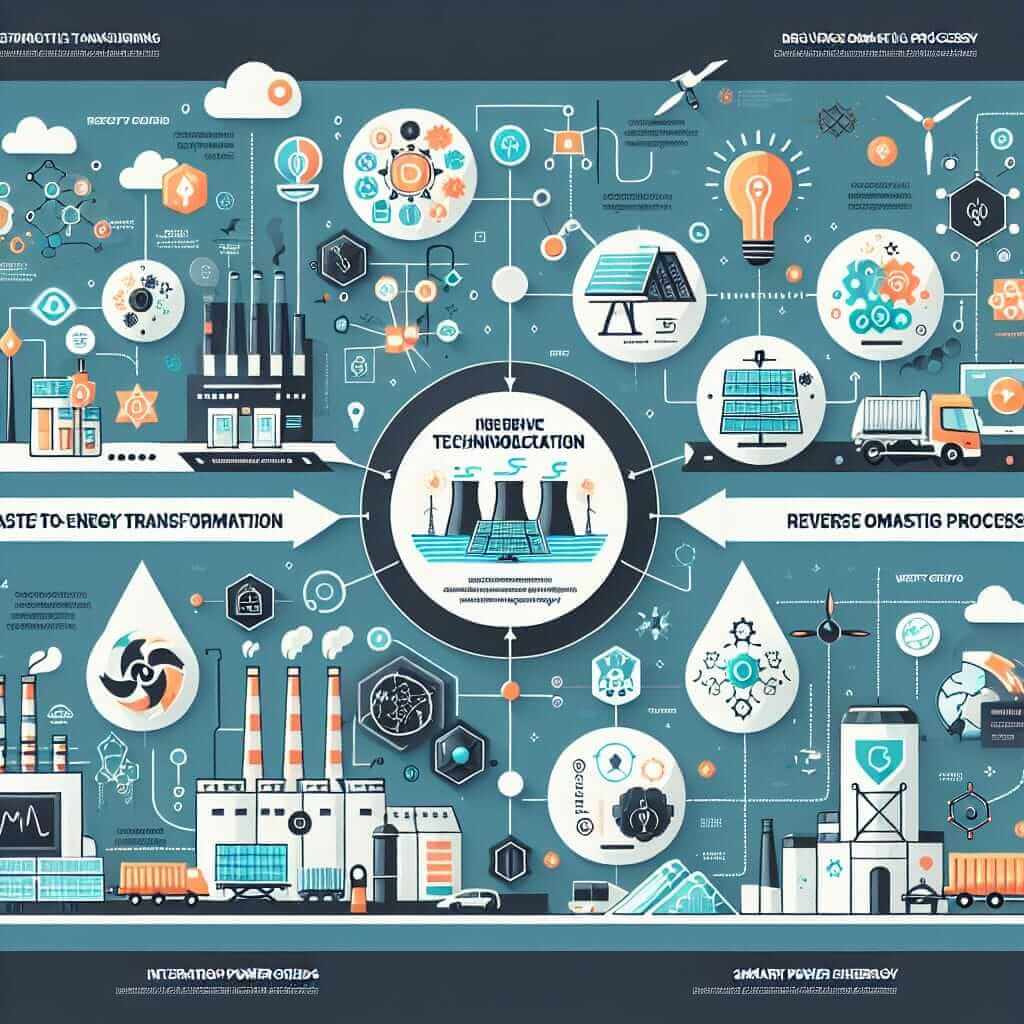The IELTS Reading section presents test-takers with a variety of texts, often concerning contemporary issues. One prevalent topic is “Technological solutions to environmental issues,” which reflects the growing global concern for the environment and the role of technology in addressing these challenges. Historically, this topic has appeared in various formats, indicating its significance and the likelihood of its recurrence in future exams.
In this article, we’ll provide a complete IELTS Reading practice test on this topic, along with questions, answer keys, explanations, and useful vocabulary and grammar points. This practice will help you familiarize yourself with possible test formats and enhance your understanding of this critical subject.
IELTS Reading Practice Test
Passage: Technological Solutions to Environmental Issues
Technological advancements have increasingly become the cornerstone in addressing environmental issues, ranging from waste management to energy efficiency. Various innovative solutions have been introduced to mitigate the negative impacts of human activities on the environment.
One prominent example is the development of waste-to-energy technologies, which convert waste materials into usable forms of energy such as electricity, heat, or fuel. These technologies help reduce landfill use and generate renewable energy, addressing both waste and energy crises.
Another significant area of innovation is in clean water access. Technological advancements in water purification and desalination have provided safe drinking water to millions, reducing the incidence of waterborne diseases and supporting sustainable development. Methods such as reverse osmosis and solar water disinfection play crucial roles in these efforts.
Moreover, energy efficiency technologies have made substantial inroads into reducing carbon footprints. Smart grids, energy-efficient appliances, and advancements in battery technology contribute to lower energy consumption and increased reliance on renewable energy sources. This not only helps reduce greenhouse gas emissions but also promotes energy sustainability.
Similarly, advancements in renewable energy integration, such as the development of more efficient solar panels and wind turbines, enable the widespread adoption of clean energy sources. Smart technologies supporting grid integration and energy storage solutions ensure that renewable energy can be harnessed effectively, minimizing dependency on fossil fuels.
These technological solutions illustrate the significant impact that innovation can have on environmental conservation. By continuing to develop and implement these advancements, humanity can address key environmental challenges and move towards a more sustainable future.
Questions
1. Multiple Choice:
1.1 What is the primary purpose of waste-to-energy technologies?
A. To generate electricity only
B. To reduce landfill use and generate renewable energy
C. To purify water
D. To improve battery efficiency
1.2 What methods are mentioned for providing clean water access?
A. Smart grids and wind turbines
B. Reverse osmosis and solar water disinfection
C. Waste-to-energy technologies
D. Battery storage solutions
2. True/False/Not Given:
2.1 Technological advancements in water purification have eliminated all waterborne diseases worldwide.
True / False / Not Given
2.2 Energy efficiency technologies help reduce both energy consumption and greenhouse gas emissions.
True / False / Not Given
3. Matching Information:
Match the following technological solutions with their corresponding impact:
3.1 Waste-to-energy technologies
A. Reduced landfill use and renewable energy generation
3.2 Smart grids
B. Lower energy consumption and increased reliance on renewable energy
3.3 Reverse osmosis
C. Provision of safe drinking water and reduction of waterborne diseases
4. Sentence Completion:
Complete the sentences below with NO MORE THAN THREE WORDS from the text:
4.1 __ help mitigate the negative impacts of human activities on the environment.
4.2 The development of __ enables more efficient use of renewable energy sources.
5. Short-answer Questions:
Answer the following questions using NO MORE THAN THREE WORDS:
5.1 What term is used to describe the conversion of waste materials into usable forms of energy?
5.2 Which technologies play crucial roles in water purification efforts?
Answers and Explanations
1. Multiple Choice:
1.1 B. To reduce landfill use and generate renewable energy
1.2 B. Reverse osmosis and solar water disinfection
2. True/False/Not Given:
2.1 Not Given (The text mentions the reduction of waterborne diseases but not their elimination)
2.2 True (The passage states these technologies reduce energy consumption and greenhouse emissions)
3. Matching Information:
3.1 A. Reduced landfill use and renewable energy generation
3.2 B. Lower energy consumption and increased reliance on renewable energy
3.3 C. Provision of safe drinking water and reduction of waterborne diseases
4. Sentence Completion:
4.1 Technological advancements
4.2 smart technologies
5. Short-answer Questions:
5.1 Waste-to-energy
5.2 Reverse osmosis
Common Mistakes and Tips
Common Mistakes:
- Misunderstanding the passage content due to complex vocabulary
- Incorrectly matching the information due to similar but non-identical terms in question and passage
Tips:
- Highlight key information while reading the passage
- Paraphrase complex sentences to ensure understanding
- Recheck your answers with the passage to confirm accurate comprehension
Vocabulary Definitions and Pronunciations
- Waste-to-energy /ˈweɪs tə ˈɛnərdʒi/ (noun): The process of generating energy in the form of electricity or heat from the primary treatment of waste.
- Reverse osmosis /rɪˈvɜrs ɒzˈmoʊsɪs/ (noun): A technology that uses a semi-permeable membrane to remove ions, molecules, and larger particles from drinking water.
- Desalination /diˌsæləˈneɪʃən/ (noun): The process of removing salt from seawater to produce fresh water.
Relevant Grammar Points
Complex Sentences:
- Definition: Sentences that contain one independent clause and at least one dependent clause.
- Example: “Although renewable energy is growing, fossil fuels are still widely used.”
Relative Clauses:
- Definition: Clauses that provide additional information about a noun.
- Example: “The technologies, which are crucial for water purification, play a significant role.”
Conclusion
Mastering the IELTS Reading section requires thorough practice and a good understanding of diverse topics, including technological solutions to environmental issues. By engaging with this practice test, you not only familiarize yourself with the test format but also enrich your knowledge on a critical, globally resonant subject. Remember, continually practicing with a variety of reading materials will significantly enhance your reading skills and overall IELTS performance.

For further practice, you may check out our other related articles on Technological Innovations in Waste Management, Technological Advancements in Clean Water Access, and Technological Solutions for Renewable Energy Integration.
Good luck with your IELTS preparation!